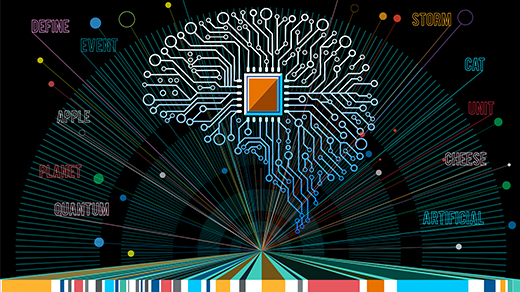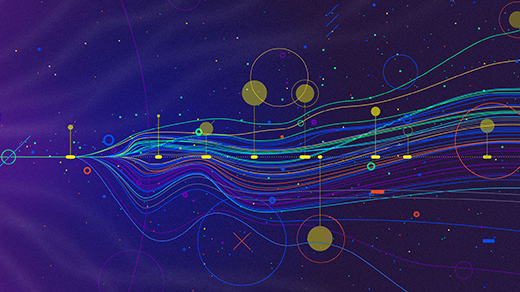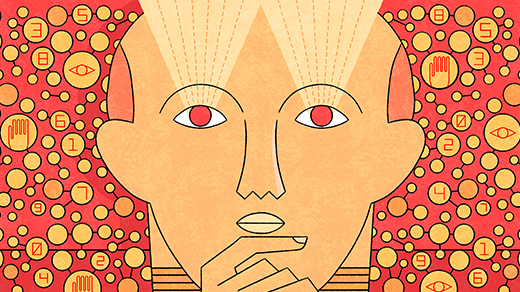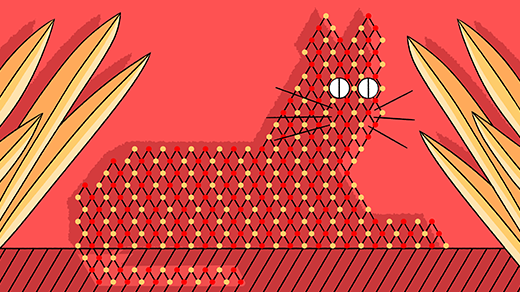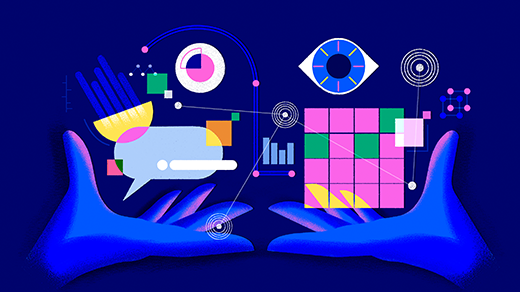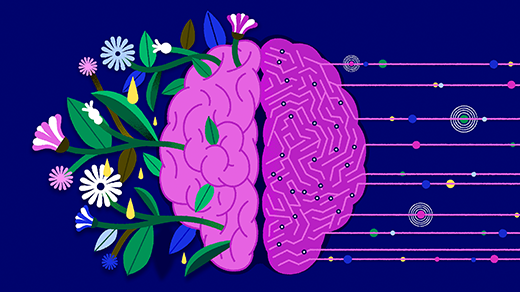What's up in
Neural networks
Latest Articles
Researchers Uncover Hidden Ingredients Behind AI Creativity
Image generators are designed to mimic their training data, so where does their apparent creativity come from? A recent study suggests that it’s an inevitable by-product of their architecture.
How AI Models Are Helping to Understand — and Control — the Brain
Martin Schrimpf is crafting bespoke AI models that can induce control over high-level brain activity.
Will AI Ever Understand Language Like Humans?
AI may sound like a human, but that doesn’t mean that AI learns like a human. In this episode, Ellie Pavlick explains why understanding how LLMs can process language could unlock deeper insights into both AI and the human mind.
Science, Promise and Peril in the Age of AI
An exploration of how artificial intelligence is changing what it means to do science and math, and what it means to be a scientist.
Why Language Models Are So Hard To Understand
AI researchers are using techniques inspired by neuroscience to study how language models work — and to reveal how perplexing they can be.
How Can AI ID a Cat? An Illustrated Guide.
Neural networks power today’s AI boom. To understand them, all we need is a map, a cat and a few thousand dimensions.
When ChatGPT Broke an Entire Field: An Oral History
Researchers in “natural language processing” tried to tame human language. Then came the transformer.
What the Most Essential Terms in AI Really Mean
A simple primer to the 19 most important concepts in artificial intelligence.
AI Is Nothing Like a Brain, and That’s OK
The brain’s astounding cellular diversity and networked complexity could show how to make AI better.


